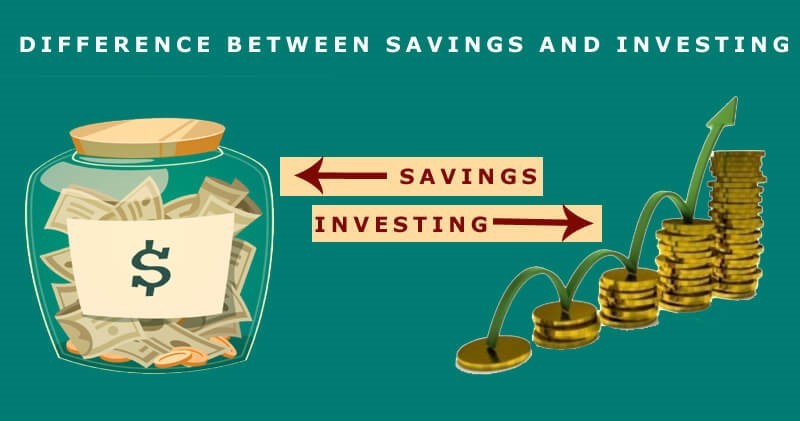After discussing the topic of inflation in the last article, the next logical topic for me is INVESTING, as it is an important weapon to combat the negative impact of inflation, such as the decrease in purchasing power.
Investing can be a daunting topic for many people, but it doesn’t have to be. There are many resources everywhere and with a little patience, it is more than possible to make your money work for you. Whether you’re just starting or an experienced investor, there are many options to explore.
In this article, I will address the basics of personal investing and share 11 investment options for today’s economy, from the most popular and accessible ones to the most particular options for advanced investors.
Personal Investing Basics
Before we dive into the world of investing, let’s cover some basic terms and concepts:
What is investing?
Investing means putting your money in (=buying) a financial instrument with the expectation of obtaining a greater return on your initial capital.

risk vs. reward
When it comes to investing, there is always a trade-off between risk and reward. Investments with higher potential returns generally come with a higher level of risk. It is important to understand your affinity and tolerance for risk and invest accordingly.
Diversification
Diversification is the practice of spreading your investments across multiple instrument classes, assets, and industries. This helps reduce your risk and increase your chances of earning a positive return on your entire portfolio.
11 investment options for today’s economy
With the basics covered, let’s take a look at eleven investment options you can apply in today’s economy:
1. Exchange-Traded Funds (ETFs): As their name implies, they are funds that are exchanged or traded on the stock exchange, usually tracking a specific index. When you invest in an ETF, you get a package of assets that you can buy and sell during stock market trading hours, which could reduce your risk and exposure.
Example: SPDR S&P 500 ETF Trust.
2. Individual stocks: Investing directly in individual companies can be risky, but also extremely profitable. By researching and investing in companies with solid fundamentals, you can achieve a much higher return than you would with an index fund.
Example: Apple Inc. (AAPL)
3. Real Estate Investment Trusts (REITs): These are companies that own and manage income-generating real estate such as apartments, office buildings, shopping centres, etc. By investing in REITs you get a portion of the profits generated by the properties.
Example: Vanguard Real Estate ETF
4. Bonds: defined as debt securities issued by companies or governments. By investing in this instrument you obtain a fixed rate of return and reduce the overall risk of your portfolio.
Example: iShares Core U.S. Aggregate Bond.
5. Certificates of deposit (CDs): They are low-risk investments that offer you a fixed rate of return for a certain time.
Example: Ally Bank High Yield CD.
6. Robo-Advisors: These are online investment management services that use algorithms to create and manage your portfolio.
Example: Betterment.
7. Commodities or raw materials: they are primary agricultural or industrial products that can be bought and sold such as gold, oil, wheat, etc.
Example: SPDR Gold Stock
8. Cryptocurrencies: This is the name given to digital assets that use encryption techniques to guarantee the security of transactions and control the creation of new units. While investing in cryptocurrencies can be very risky, it can also be very profitable.
Examples of cryptocurrencies: are Bitcoin, Ethereum, and Cardano.
9. Mutual Funds: These are investment vehicles that pool money from multiple investors to purchase a diversified portfolio of stocks, bonds and other securities.
Example: Fidelity Counterfund
10. Peer-to-peer lending: This represents a form of online lending that connects borrowers with investors. By investing in peer-to-peer loans you can earn a higher return than you would with traditional savings instruments.
Example: LendingClub
11. Target Date Funds: These are mutual funds that automatically adjust their asset allocation over time based on your retirement date.
Example: Vanguard Target Retirement 2055 Fund
Conclusion
Investing is a great way to increase your wealth over time, but it is important that you do your research and understand the risks involved. Diversifying your portfolio and choosing the right investments for your risk profile and financial objectives is an excellent way to obtain positive returns and financial success.
So go ahead, take the plunge and start investing today. Your future self will thank you.


